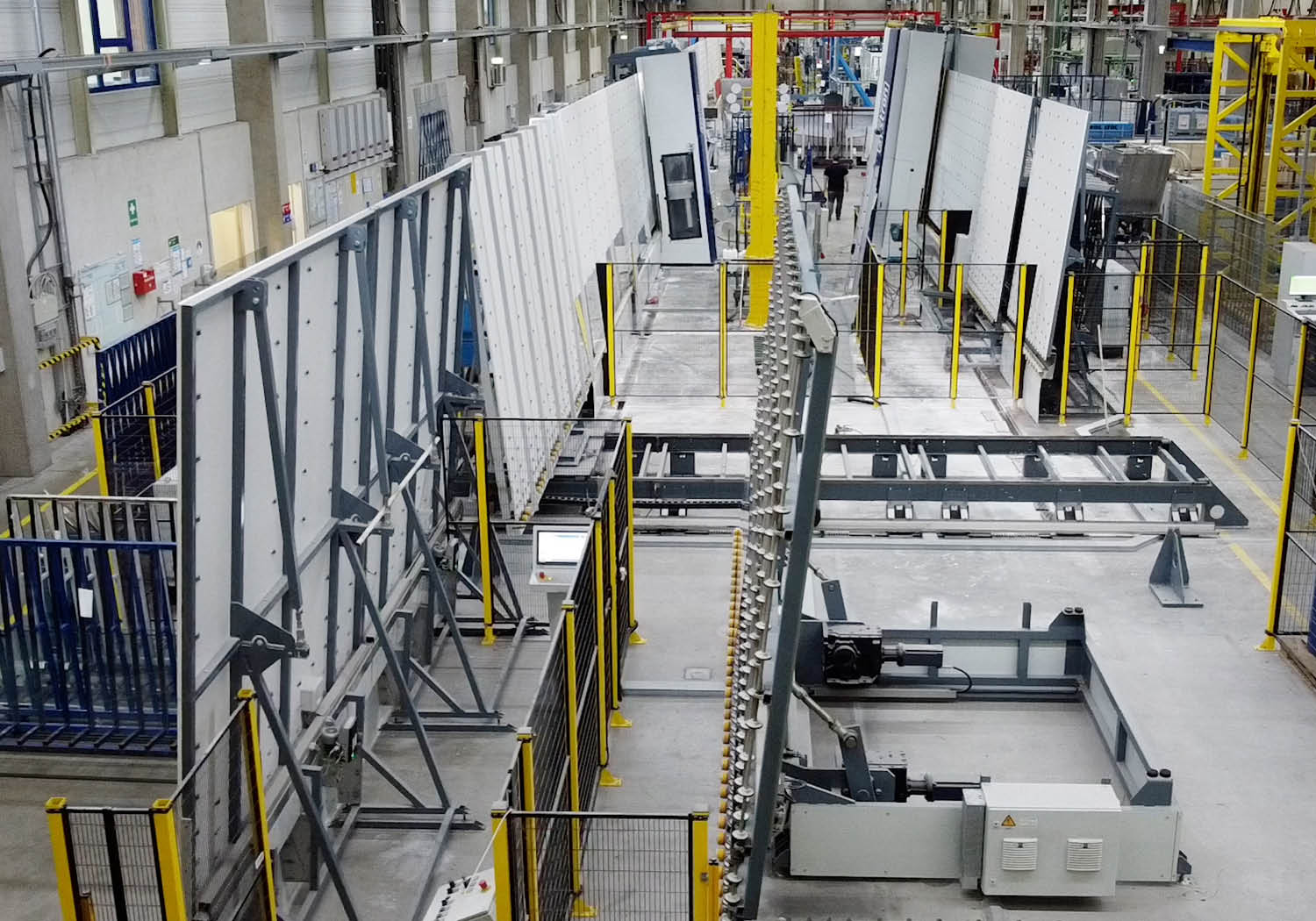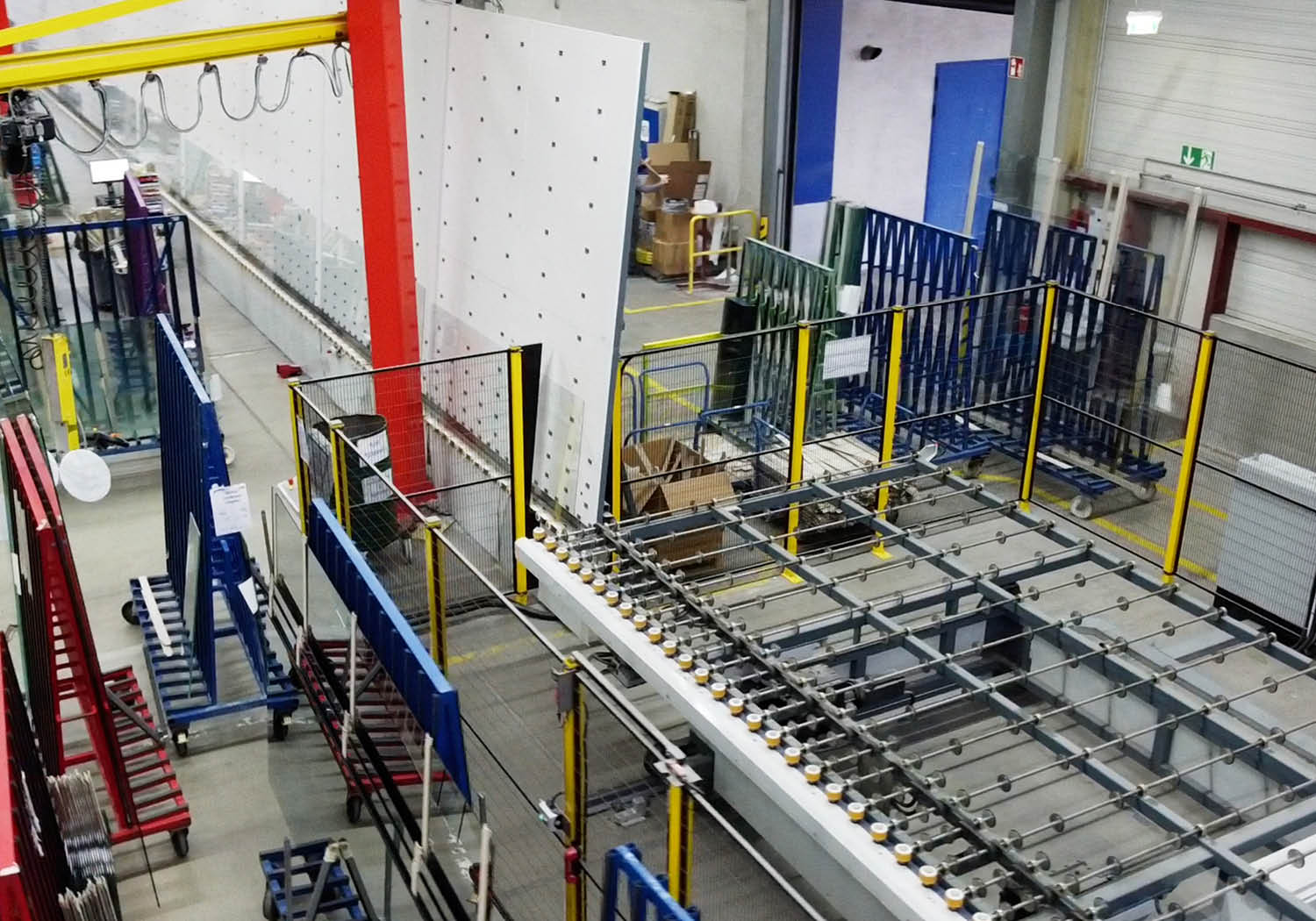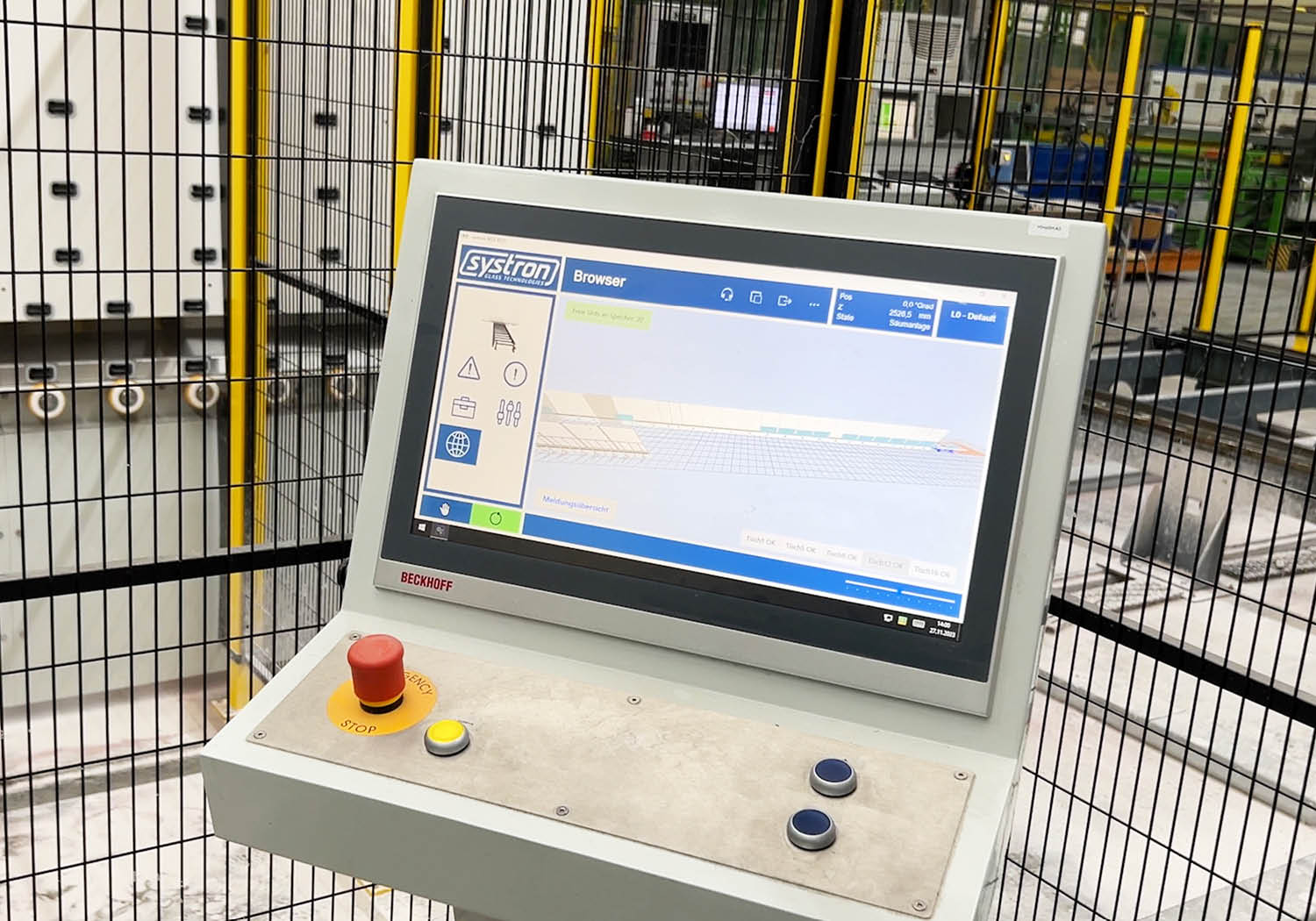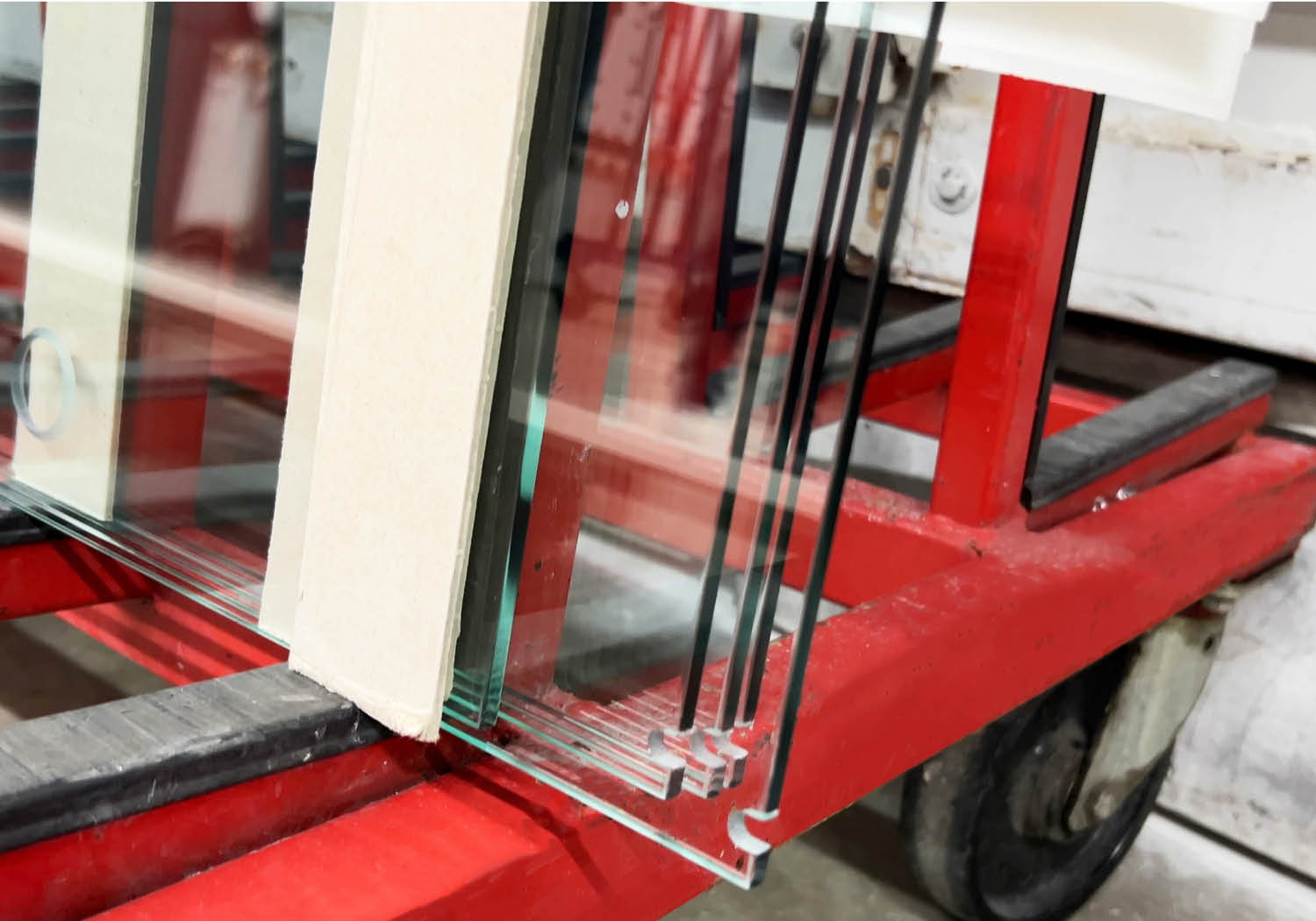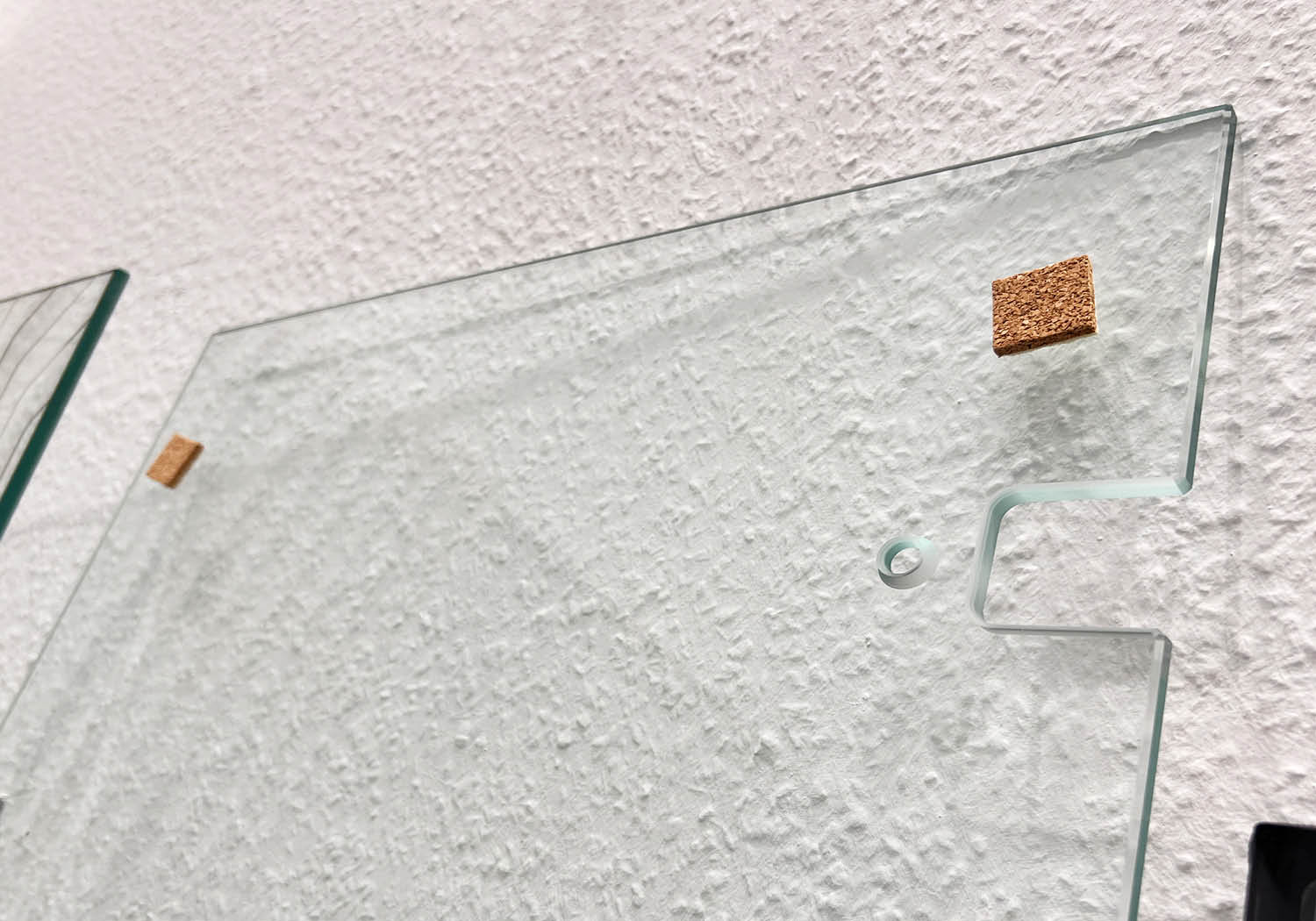It is extremely important for arcon that the seaming machine runs reliably. During peak times it supplies two furnaces, where continuous utilization is of course essential. Andreas Winter, CEO of the Arnold-Glas Group, notes:
“The systron es1 impresses with its stability and functionality. The seamer has been running 100% reliably since it was installed at the beginning of 2020. Maintenance also works perfectly and that is a very important point, especially with the seaming system. If we have an unplanned downtime in the seaming process, there would be no alternative on site and we would be faced with a major challenge.”
He explains the company’s general future progress: “We always try to focus on sustainable investments. On the one hand with the machinery we acquire, where our goal is to purchase electricity and space-saving machines with the greatest possible output. On the other hand, we invest in our infrastructure. We renovated the roofs of our halls and equipped them with photovoltaic elements. This means we will generate an average of 2 megawatts of electricity, which covers around a third of our total needs in Feuchtwangen. We have invested a lot in recent years so we can look to the future from a strengthened, solid basis.”




